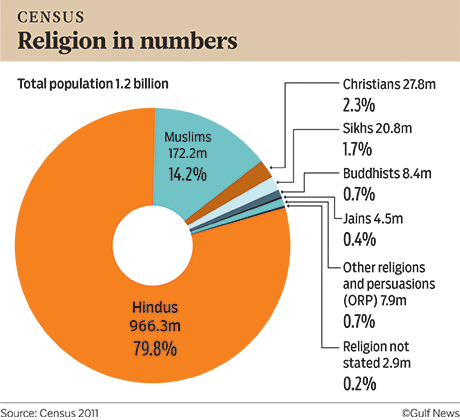Free Courses Sale ends Soon, Get It Now


Free Courses Sale ends Soon, Get It Now



Copyright infringement is not intended
Context: The State government of Assam has issued ‘minority certificates’ to 6 religious communities.
Details
Minority Communities in India
Article 30 of the Indian Constitution
Way Forward
https://indianexpress.com/article/north-east-india/assam/assam-cabinet-minority-certificates-7942519/
© 2024 iasgyan. All right reserved